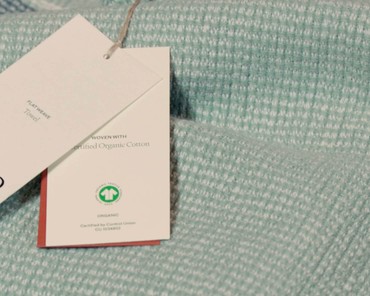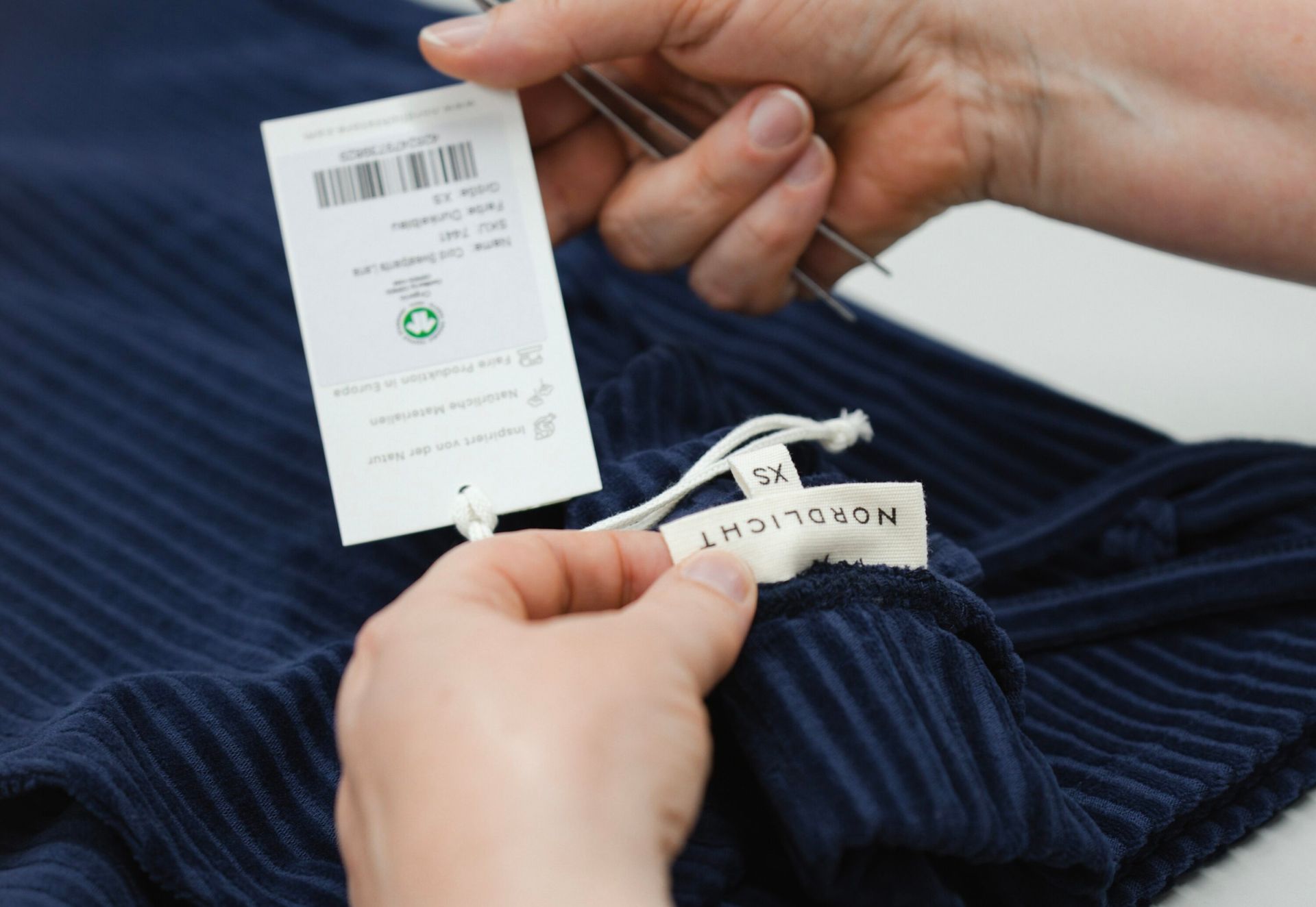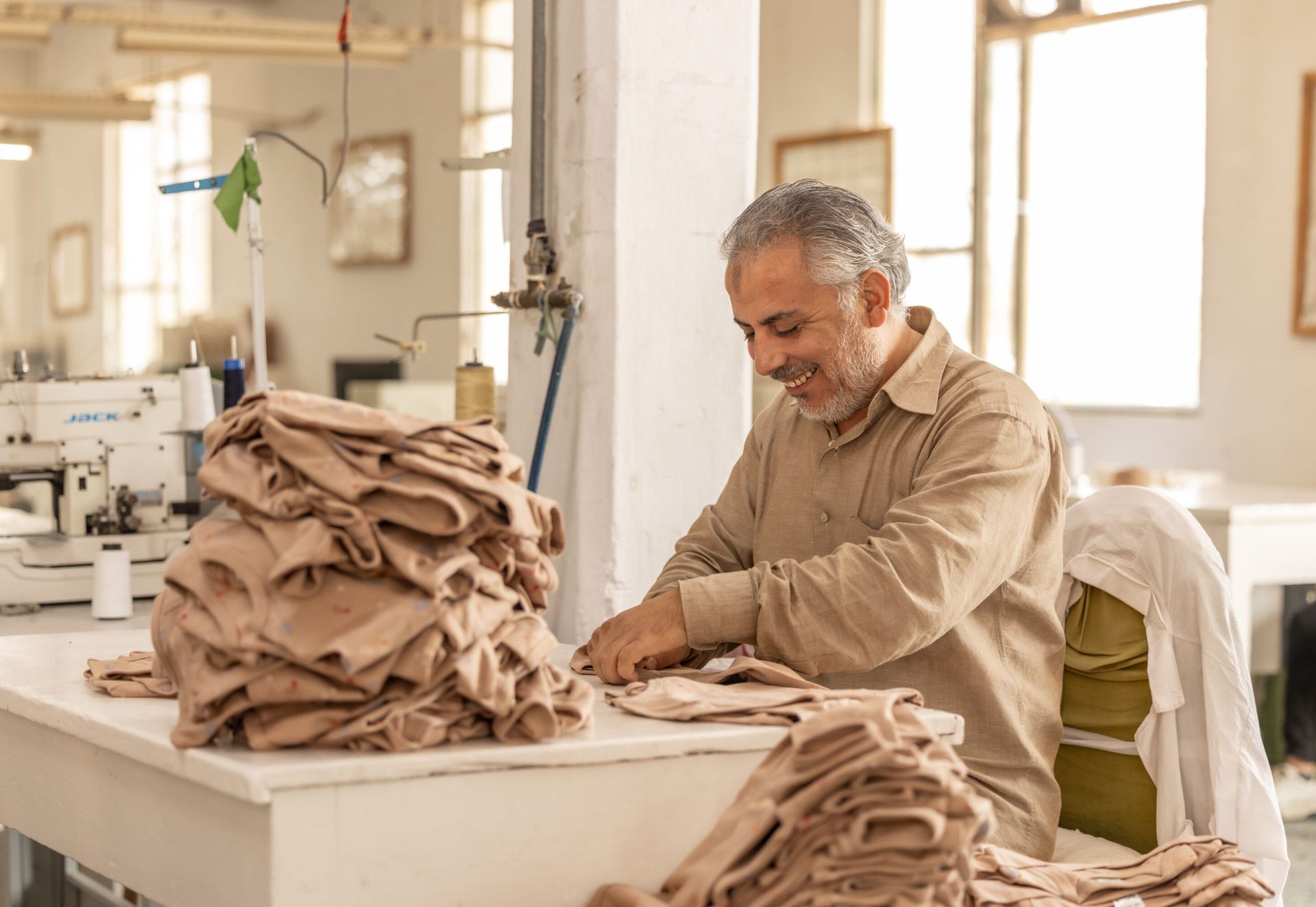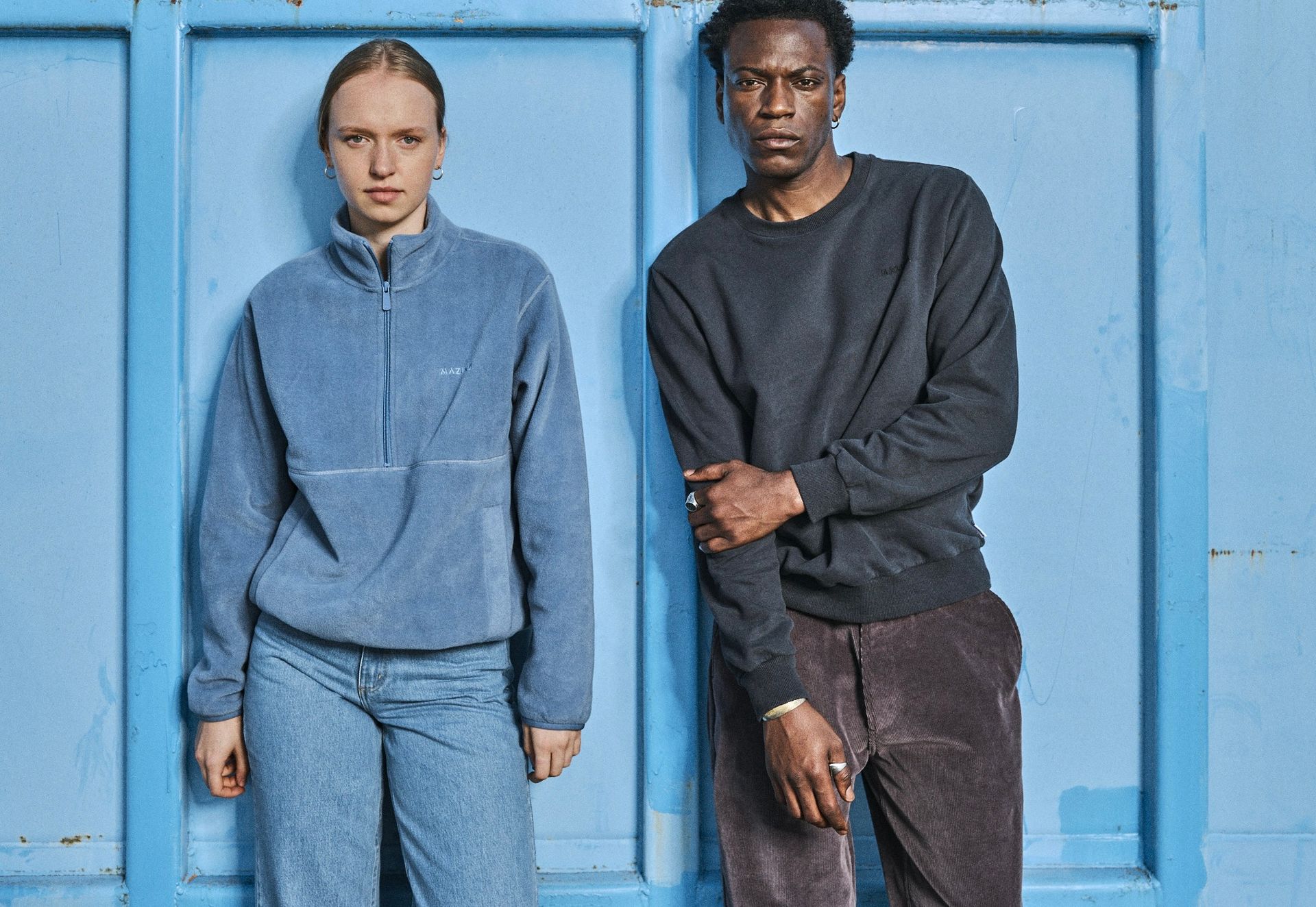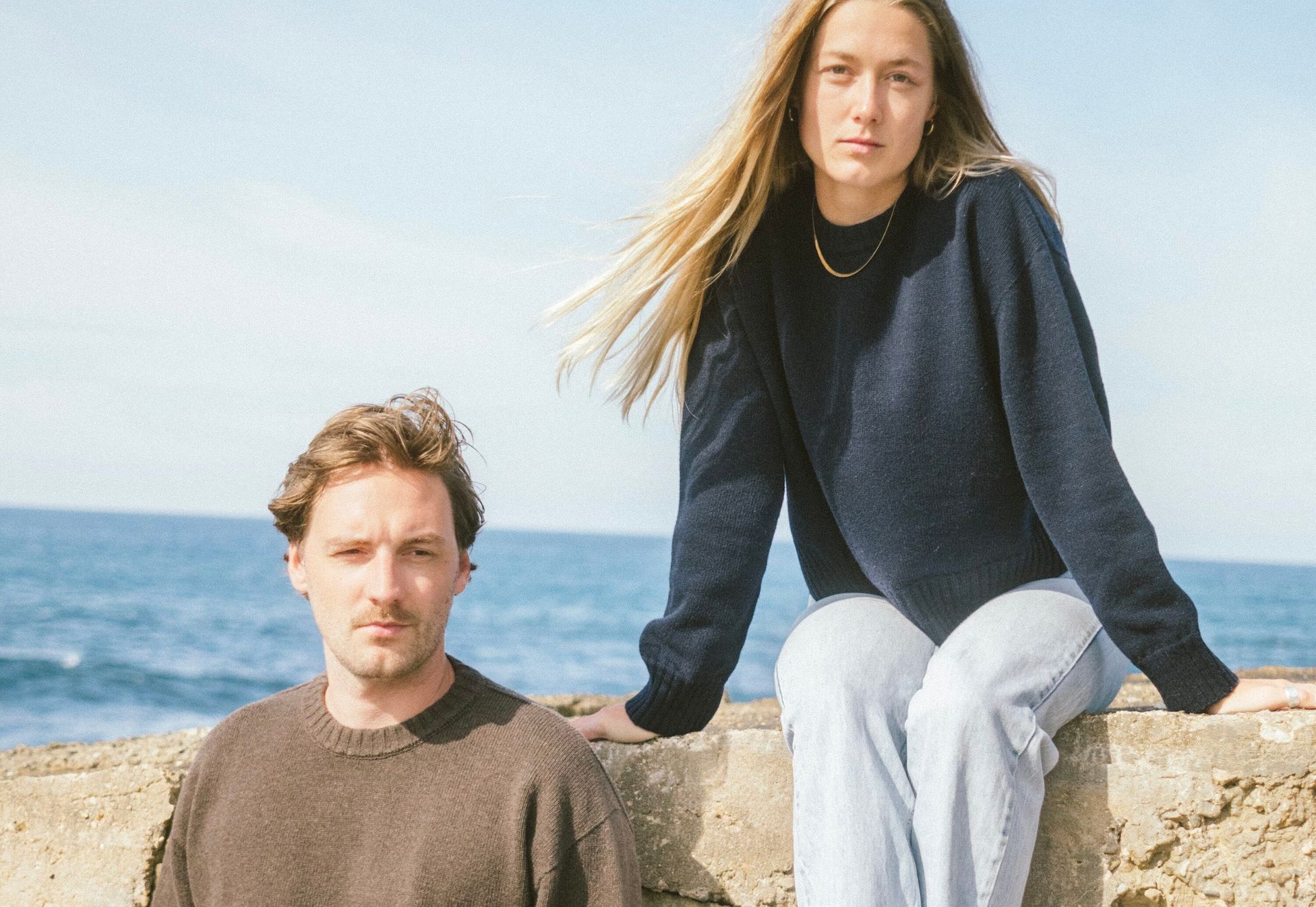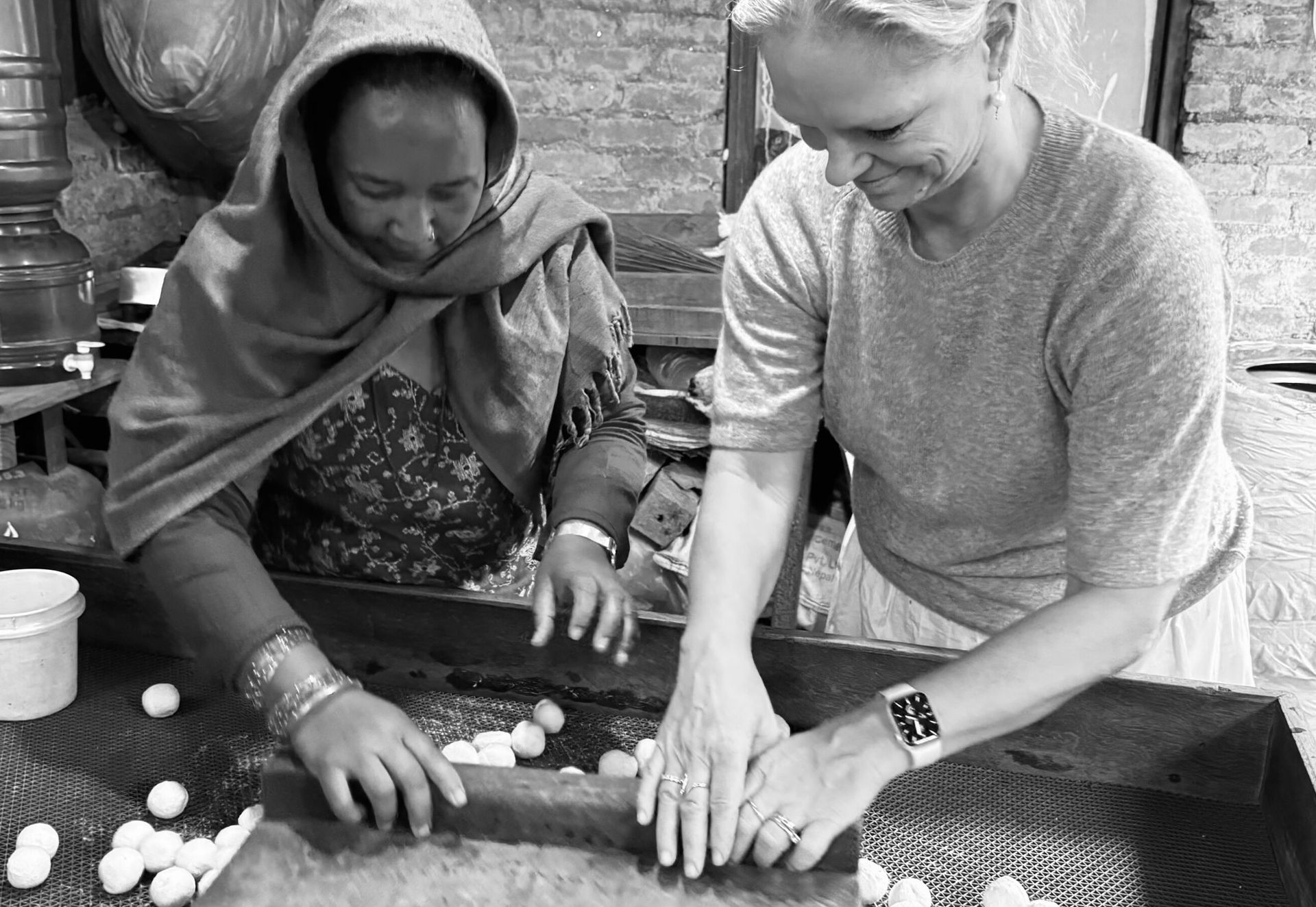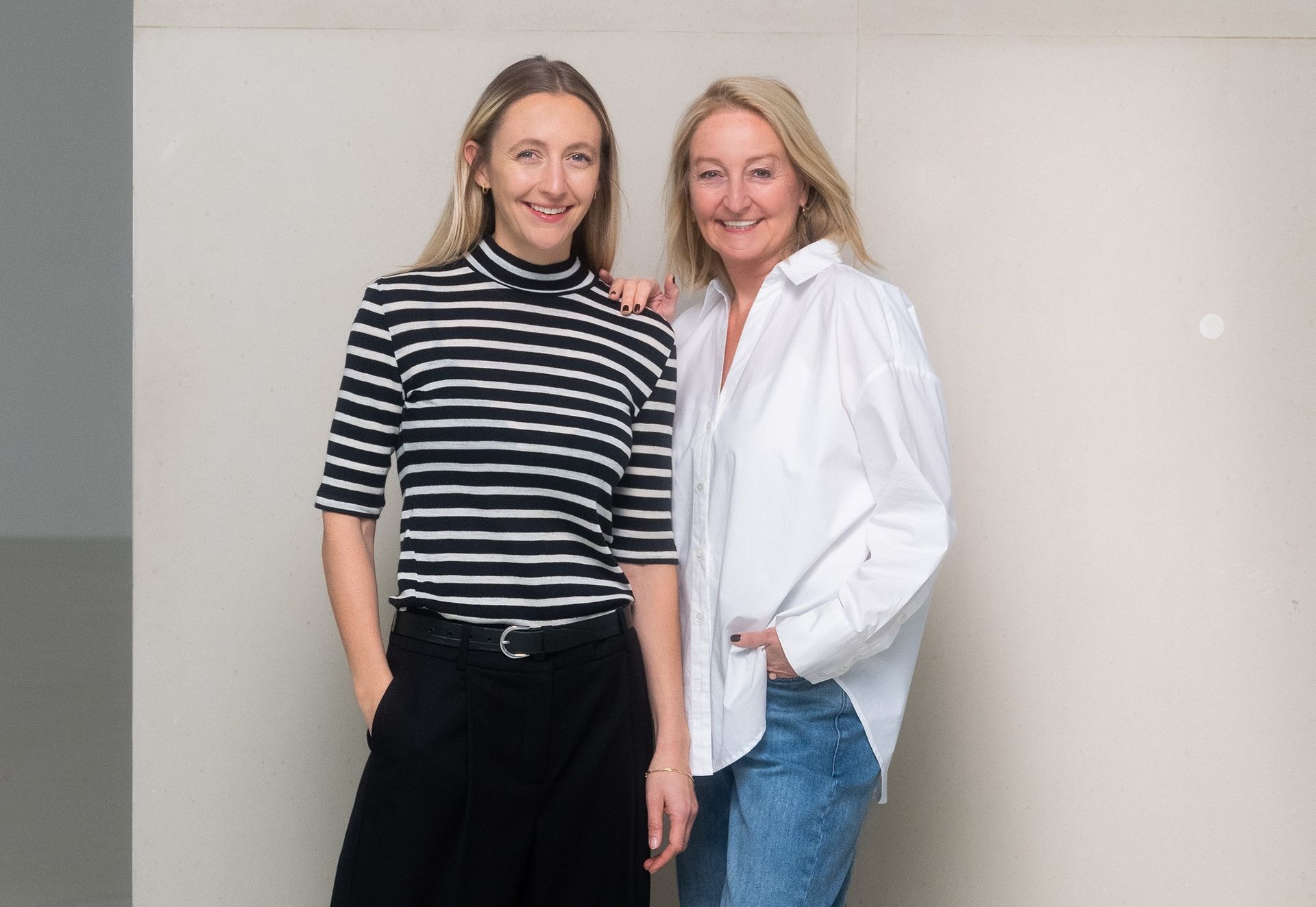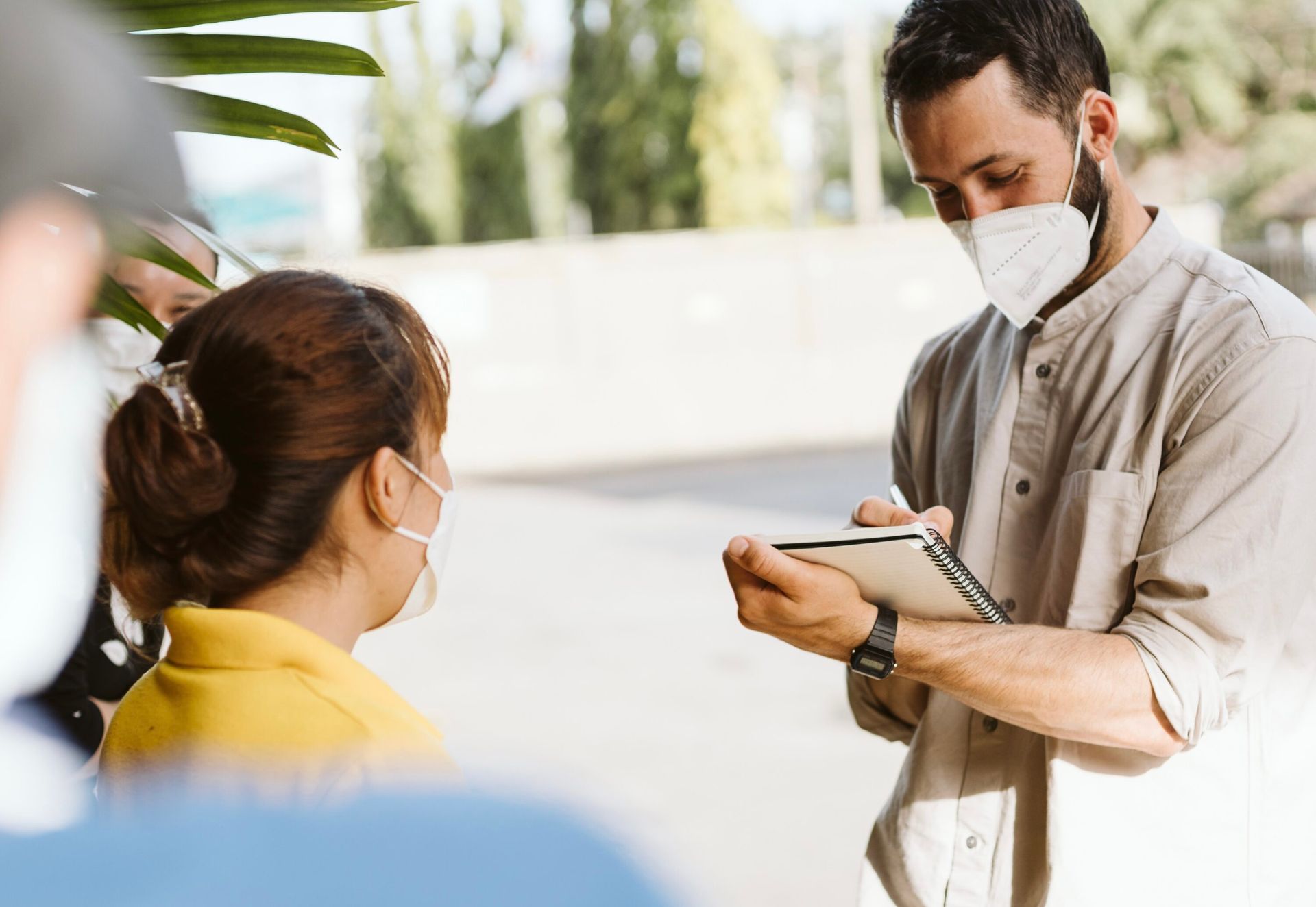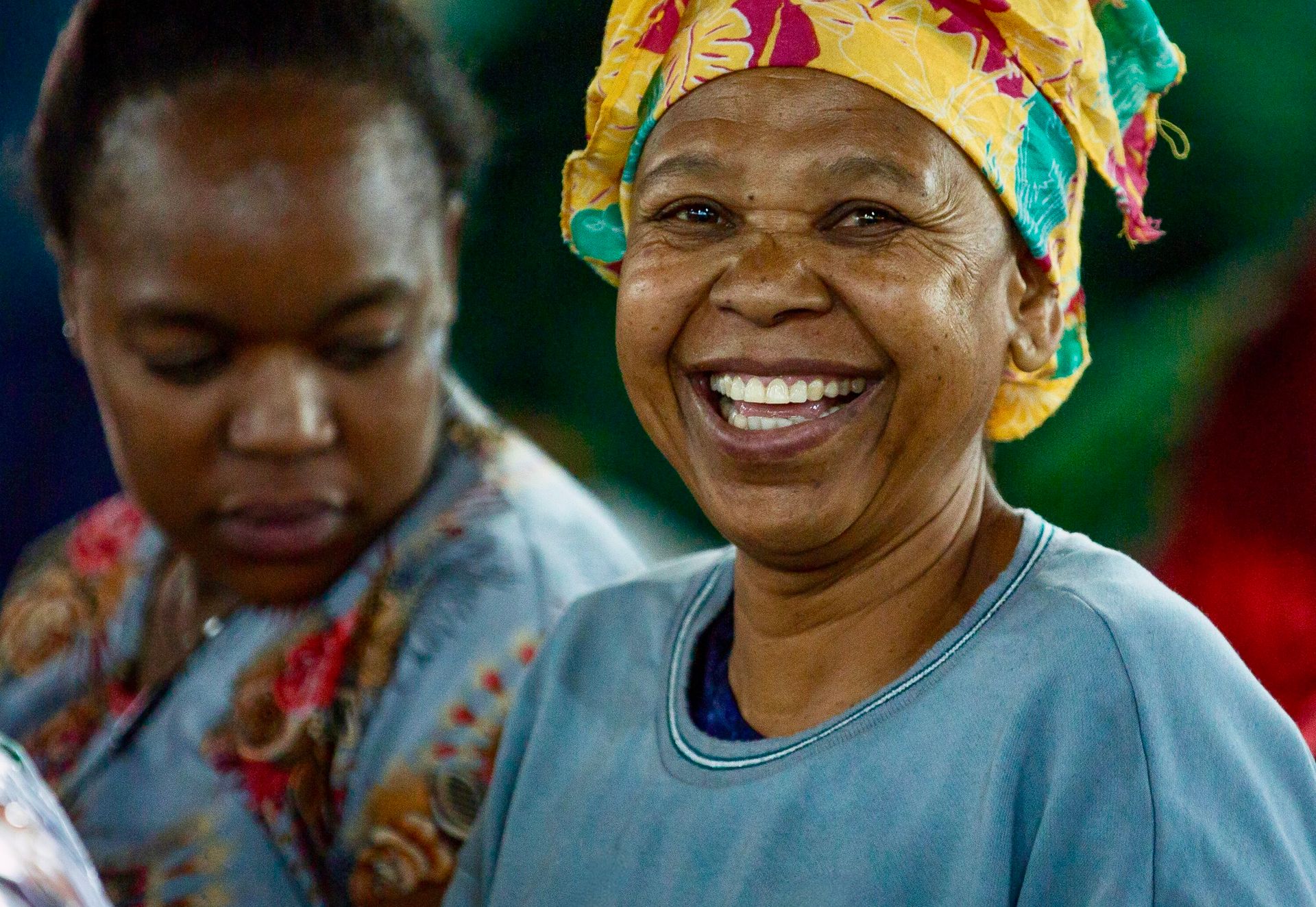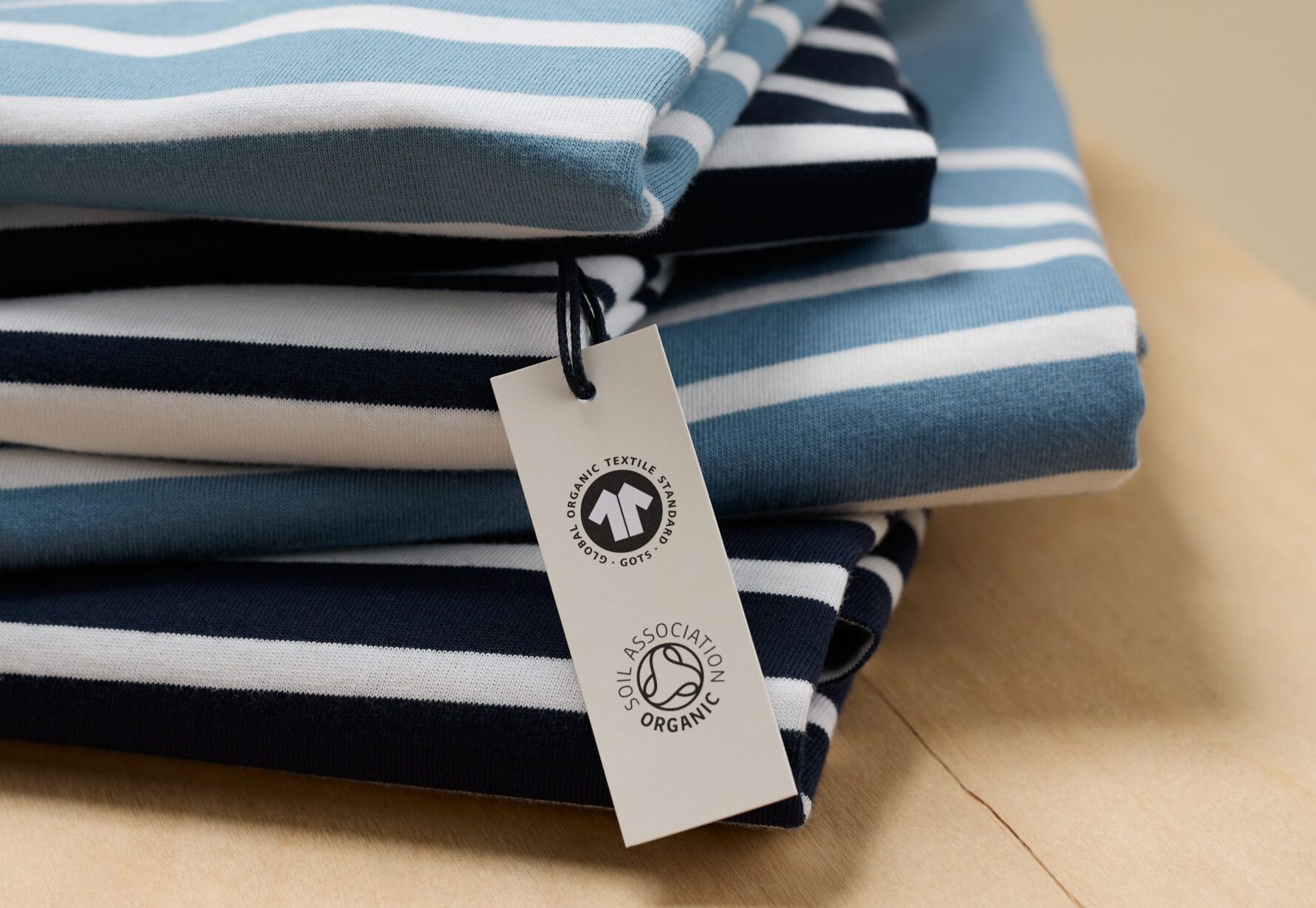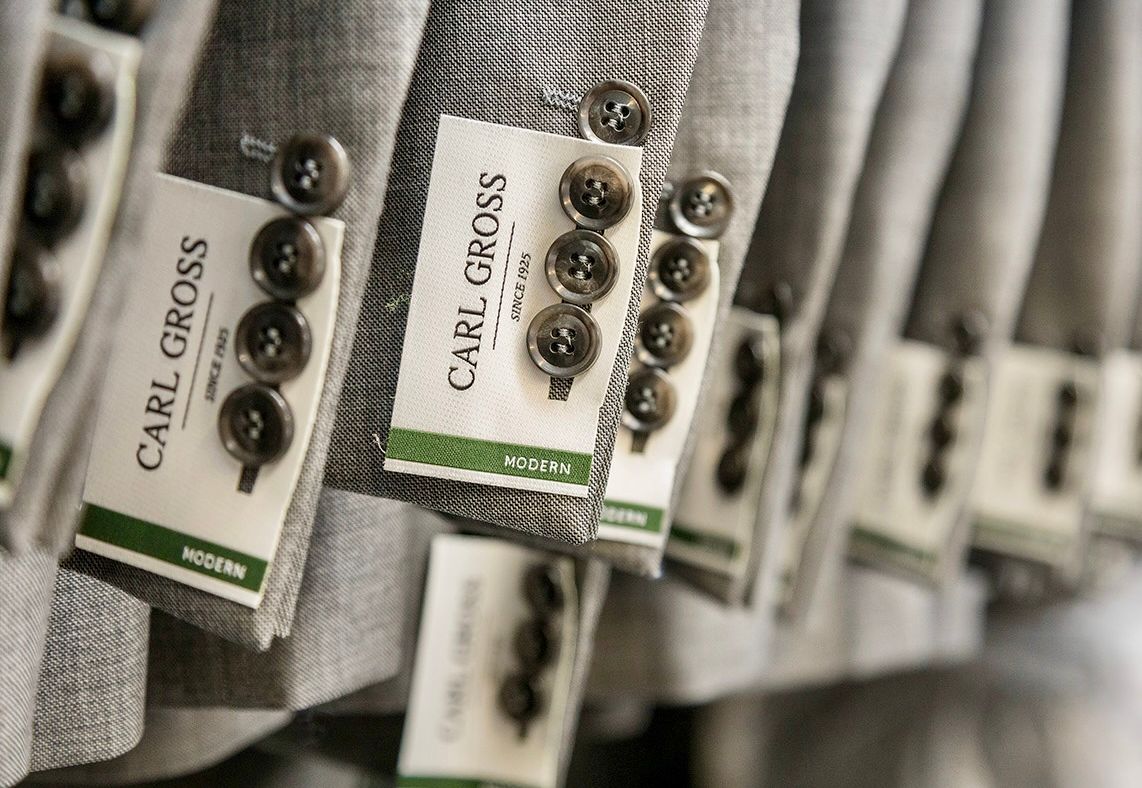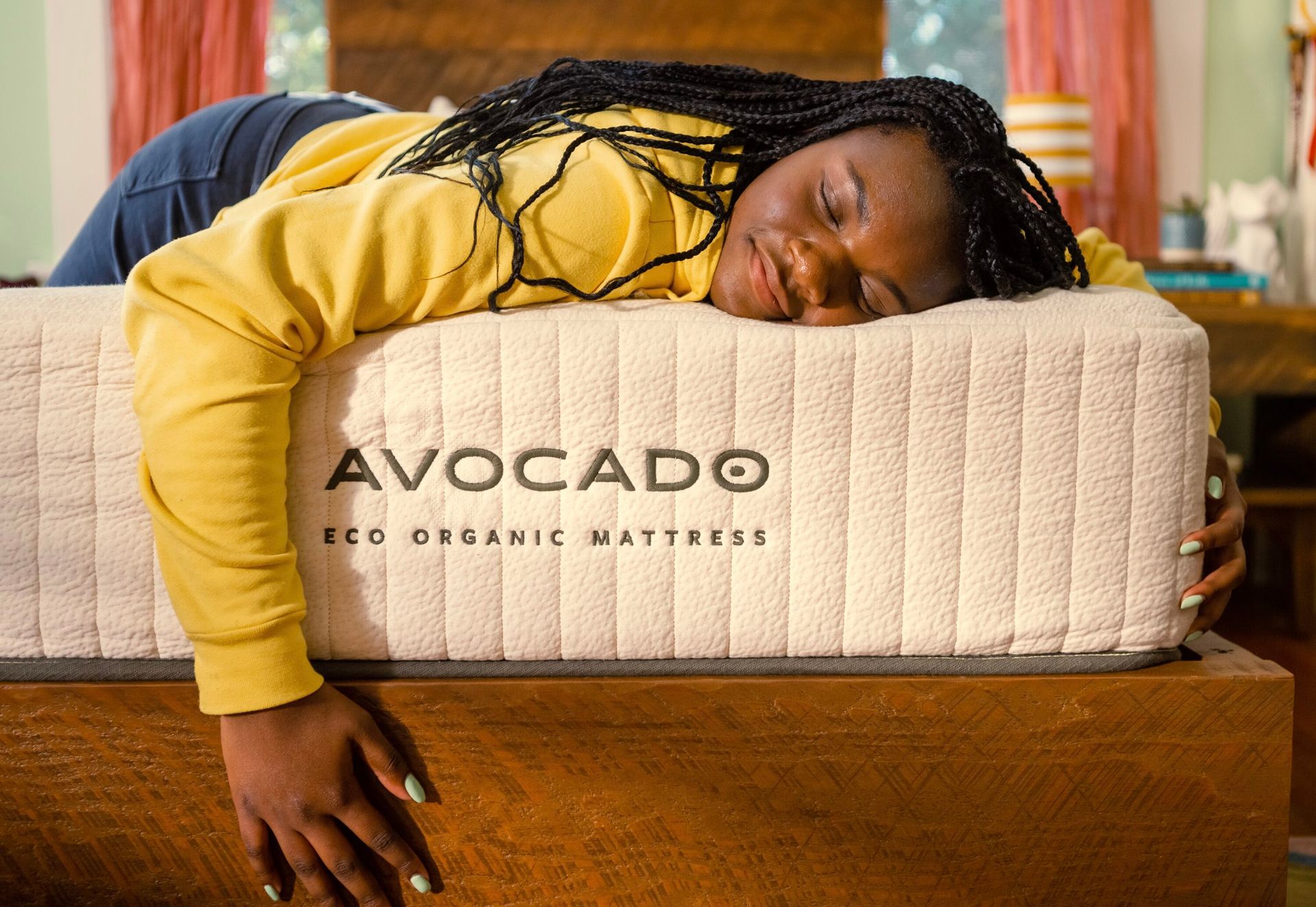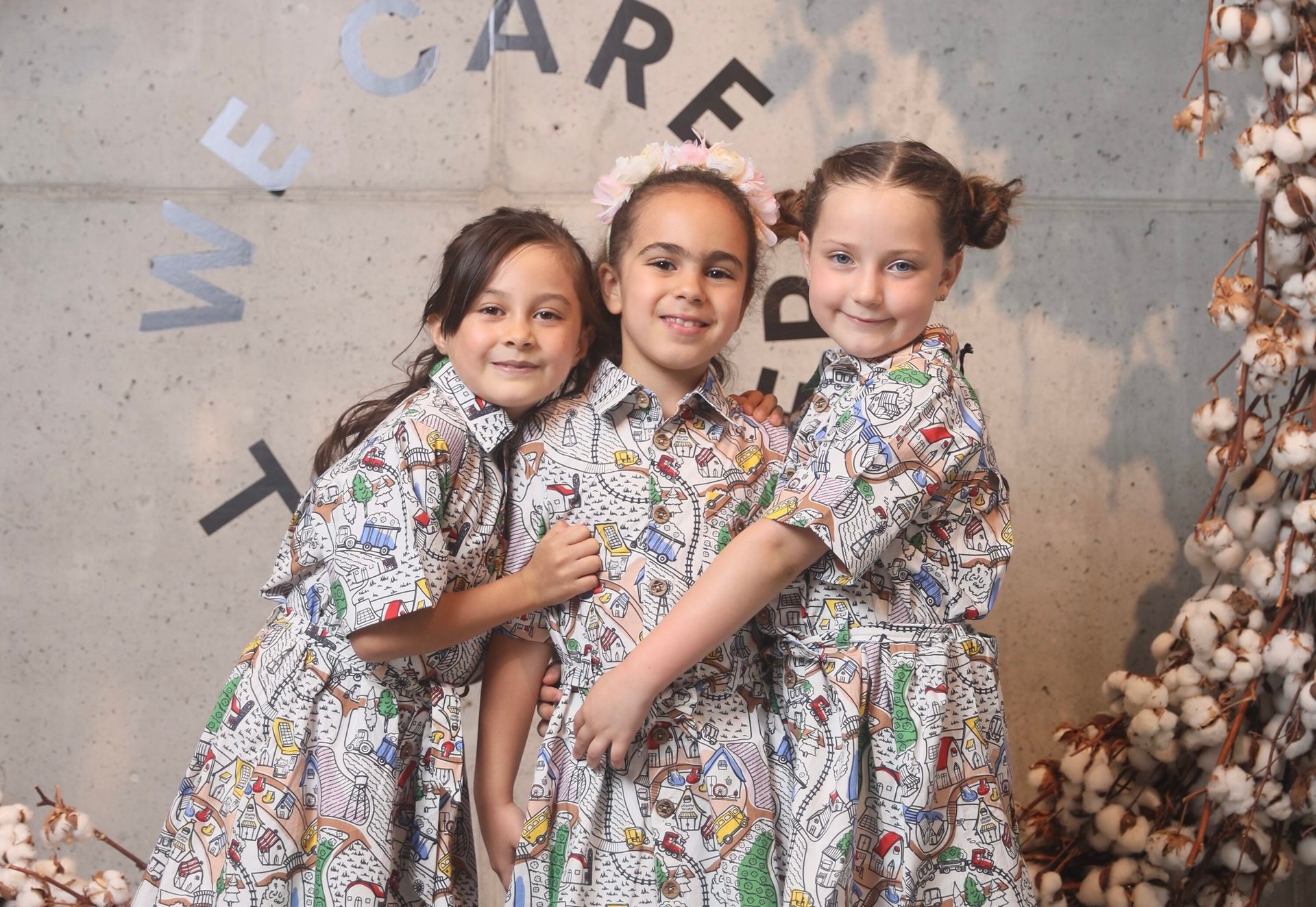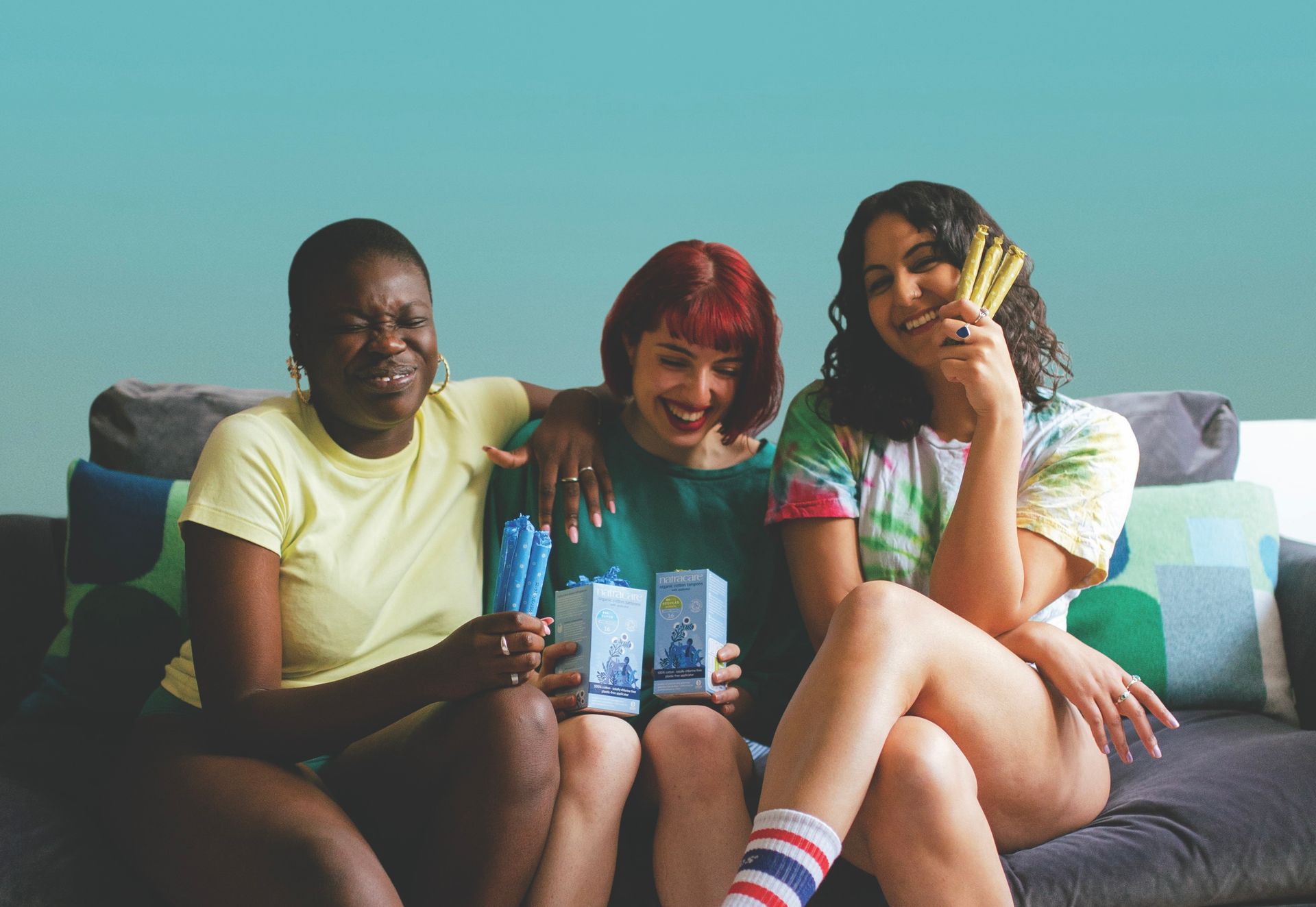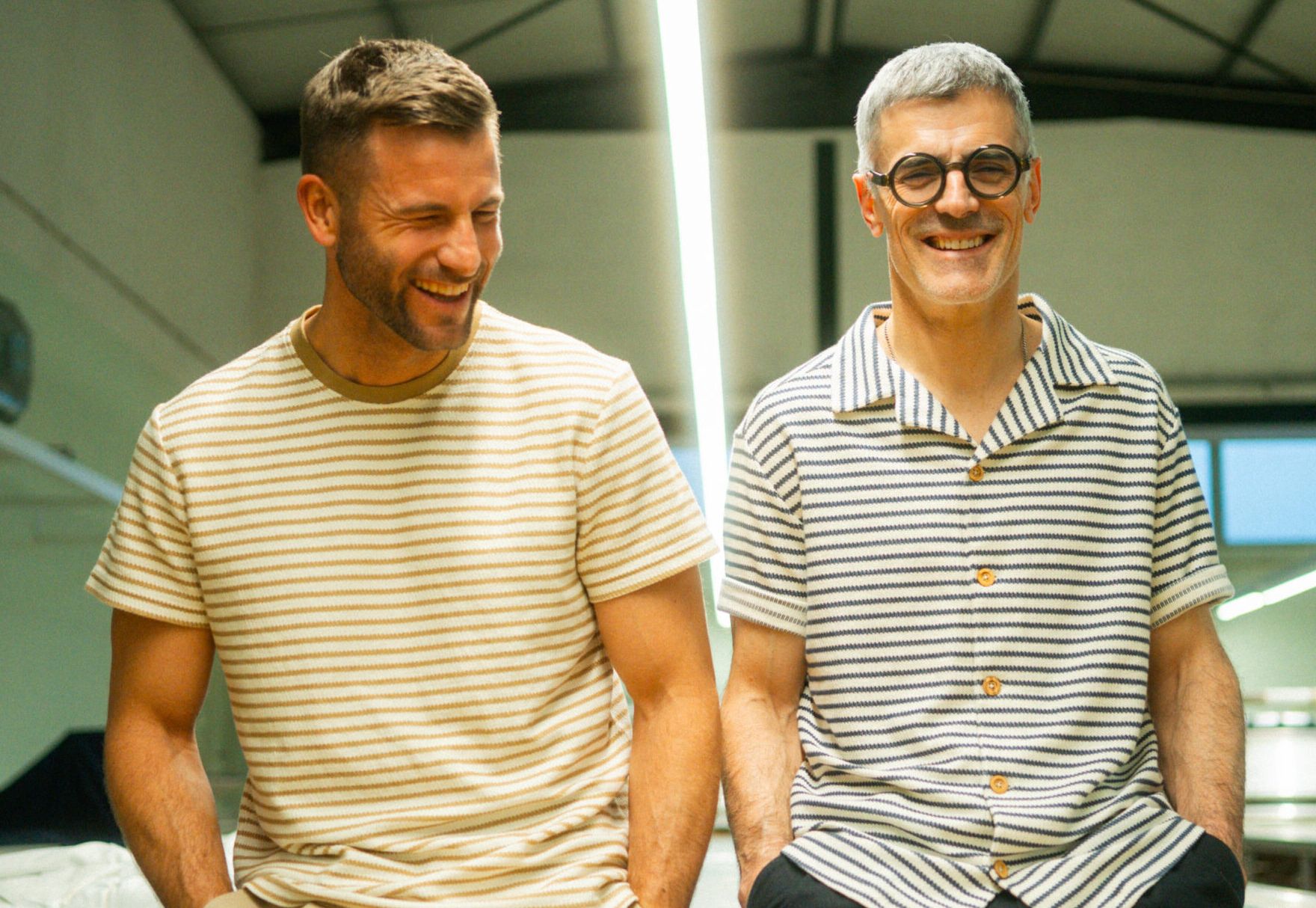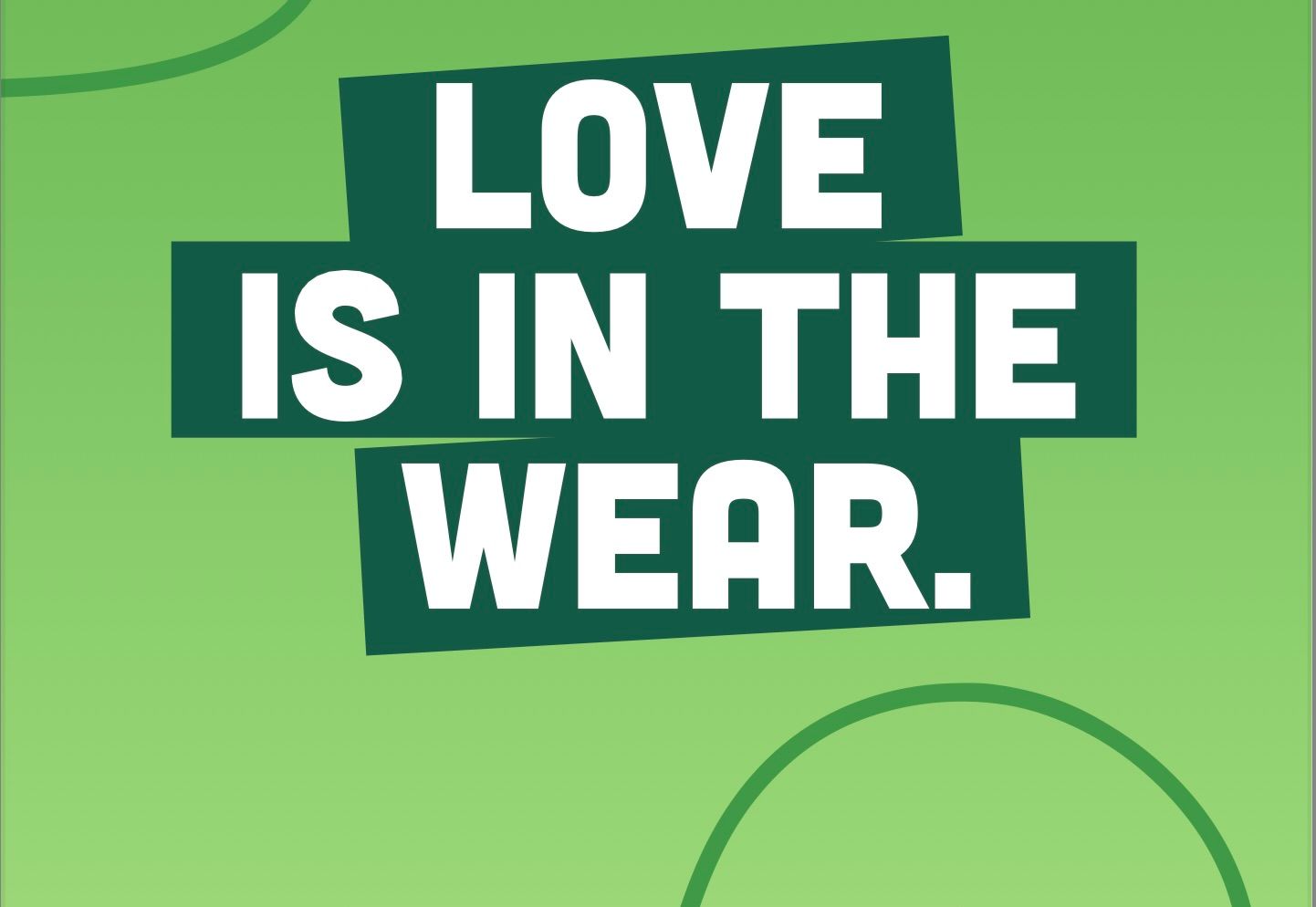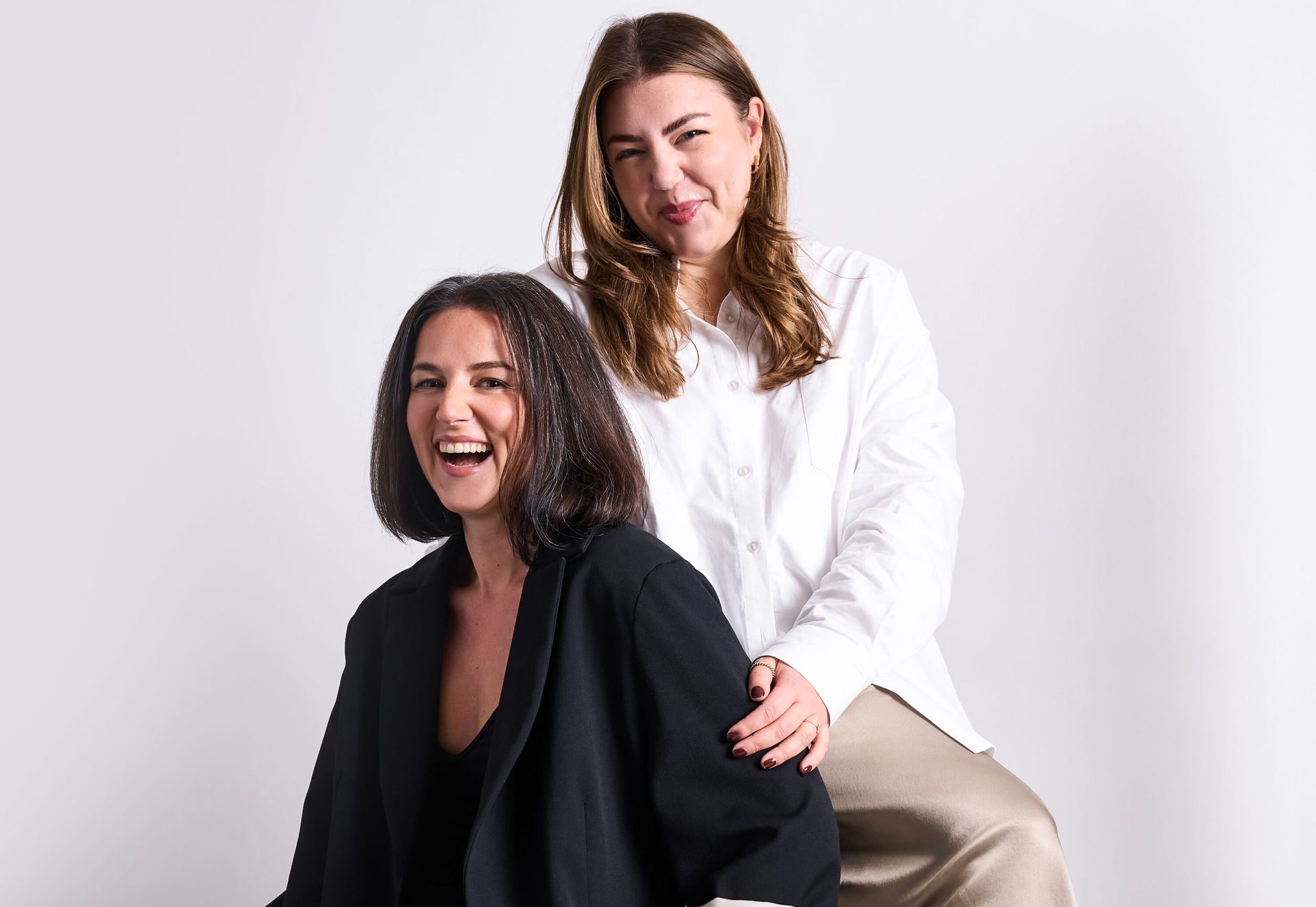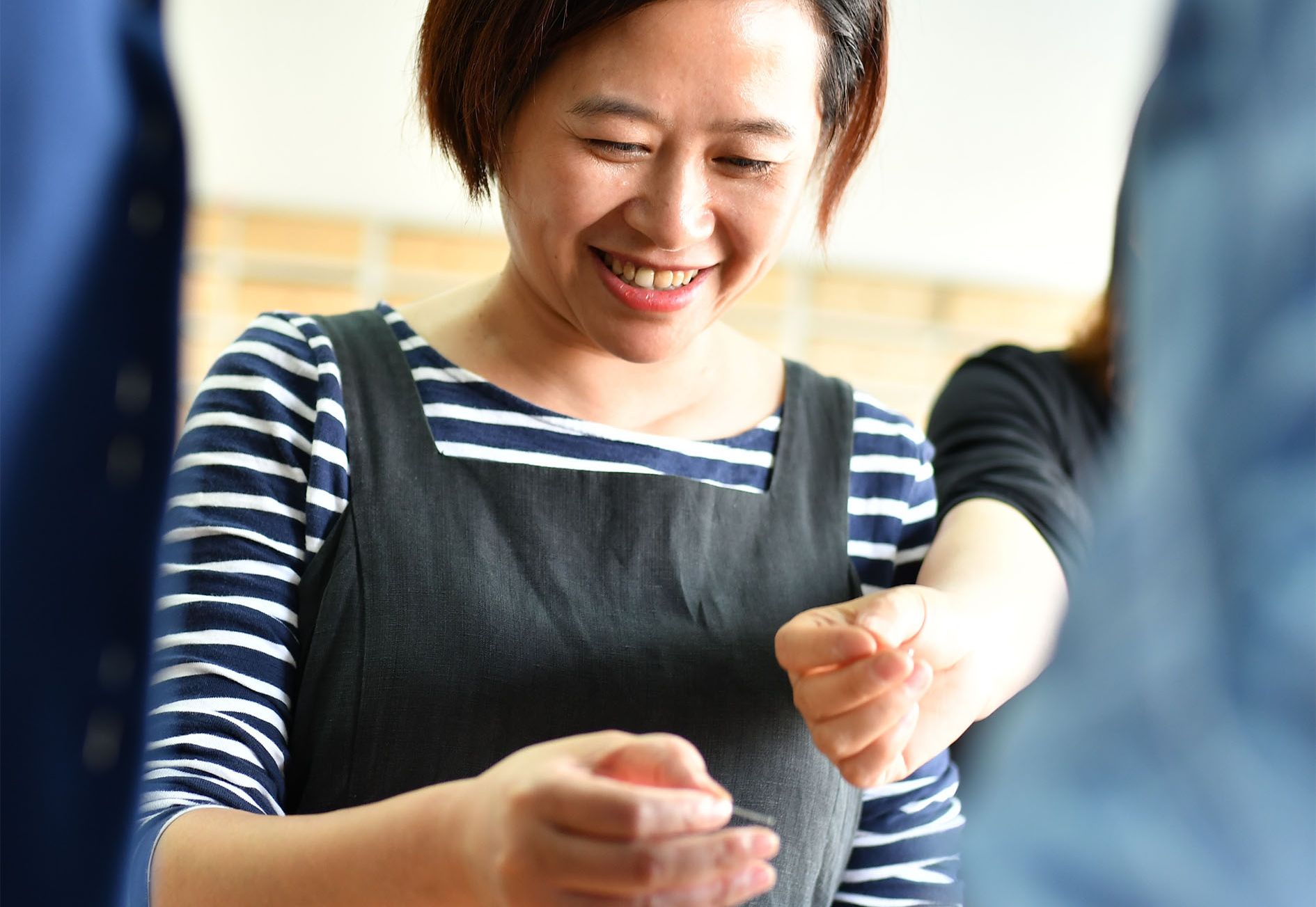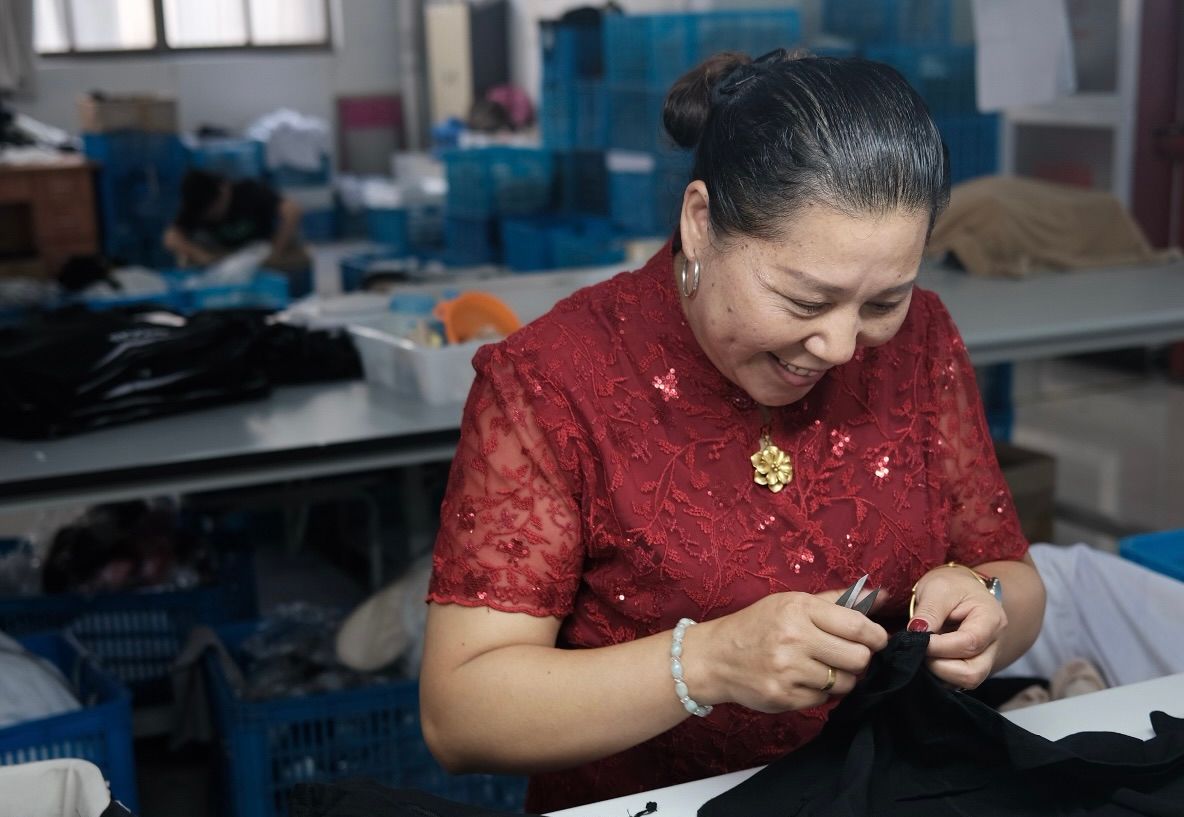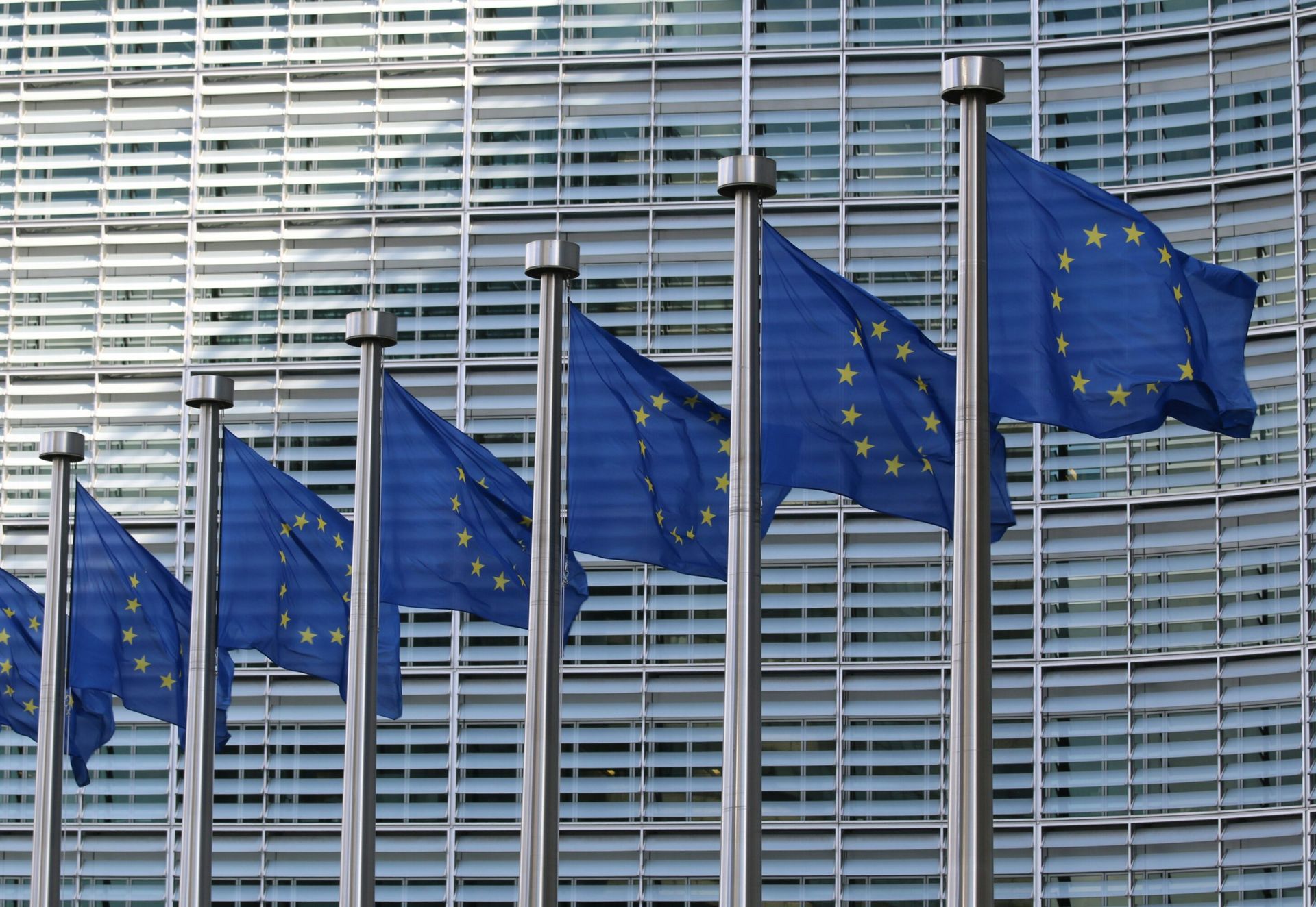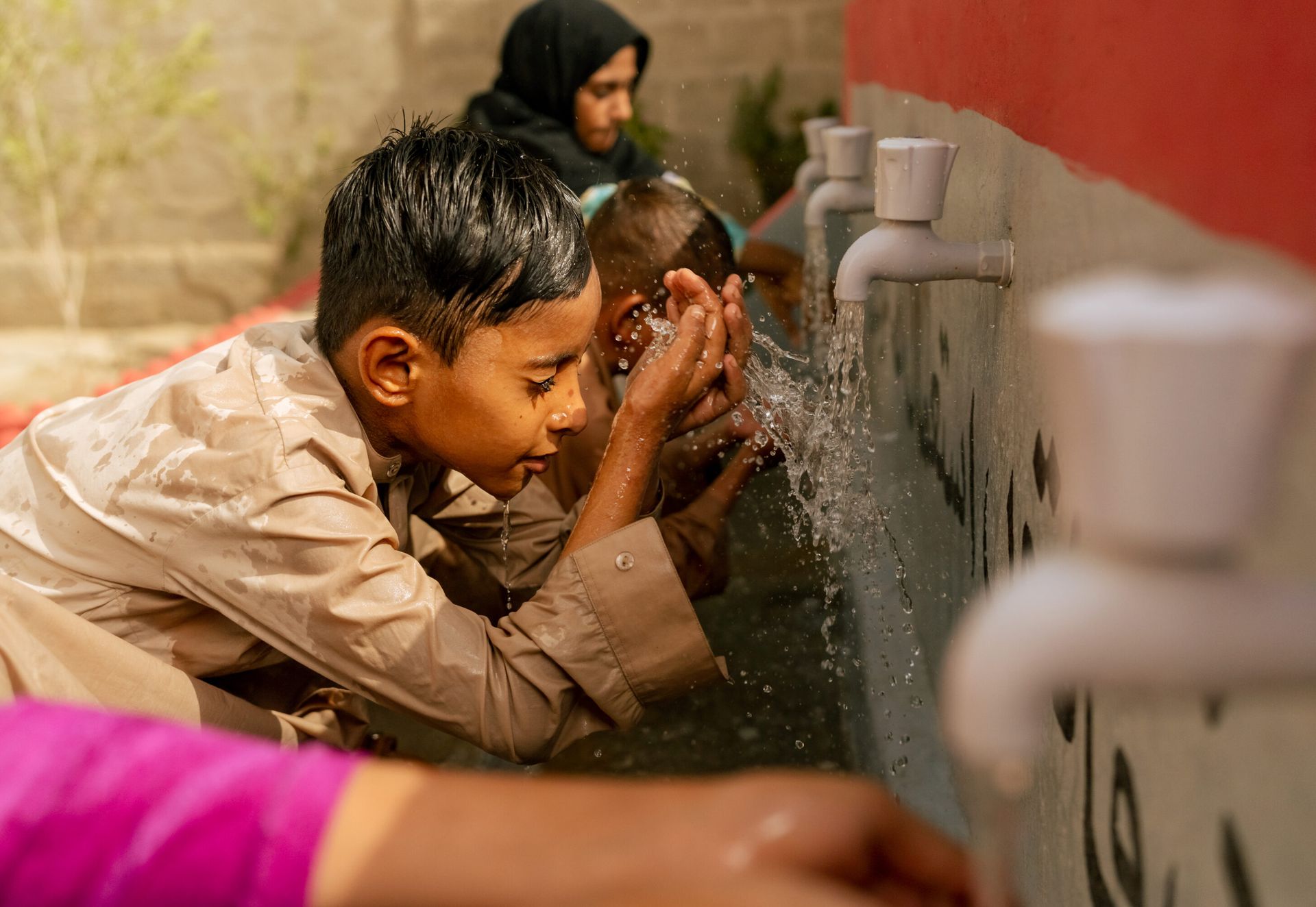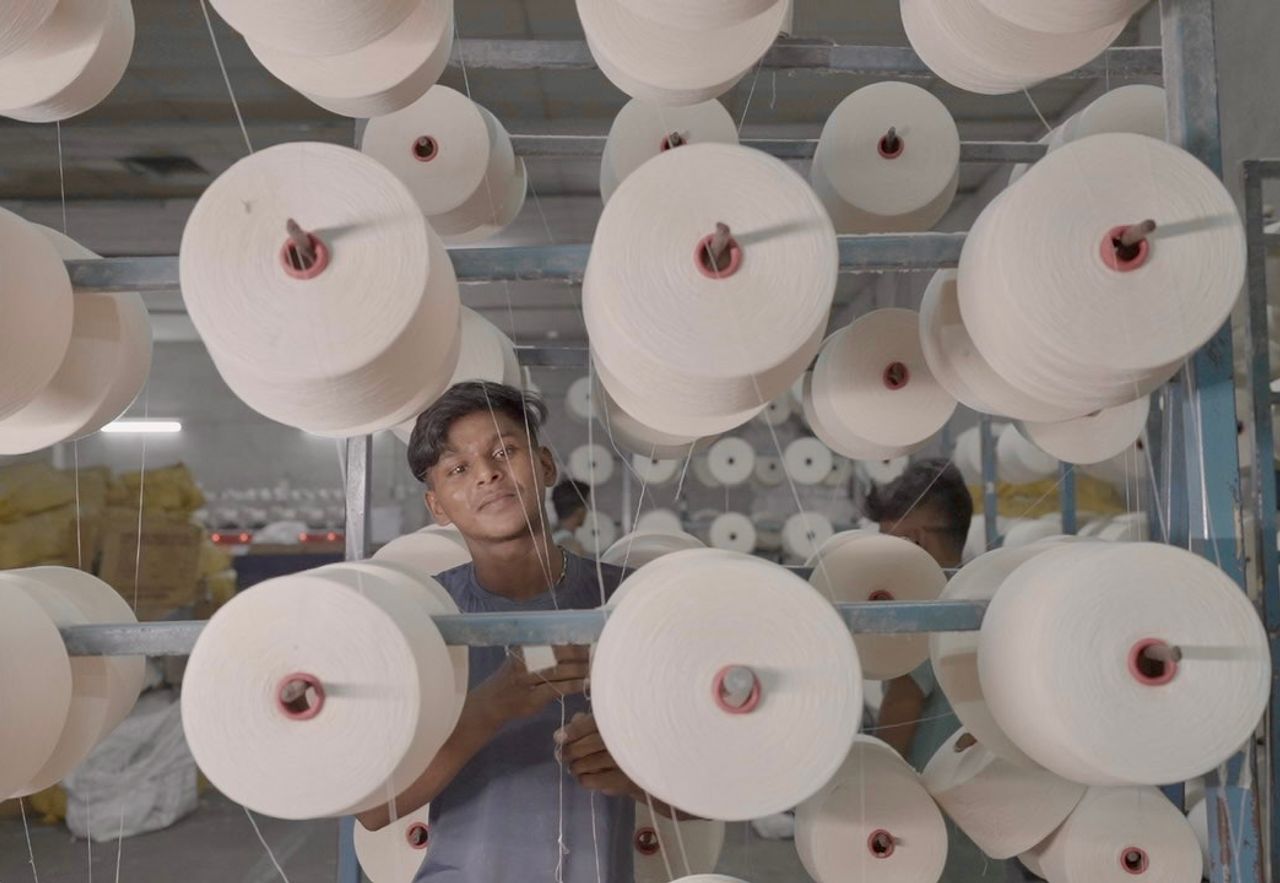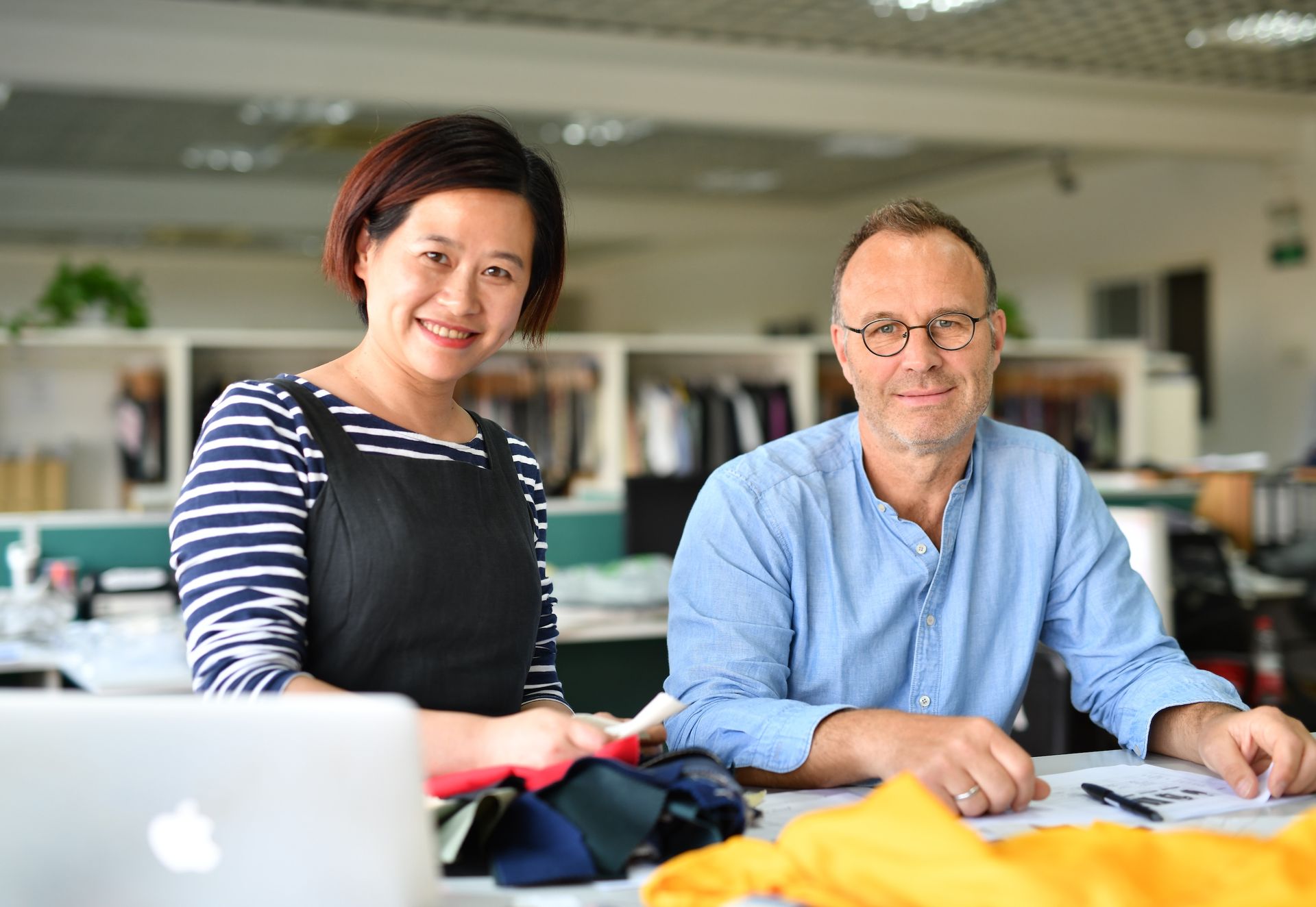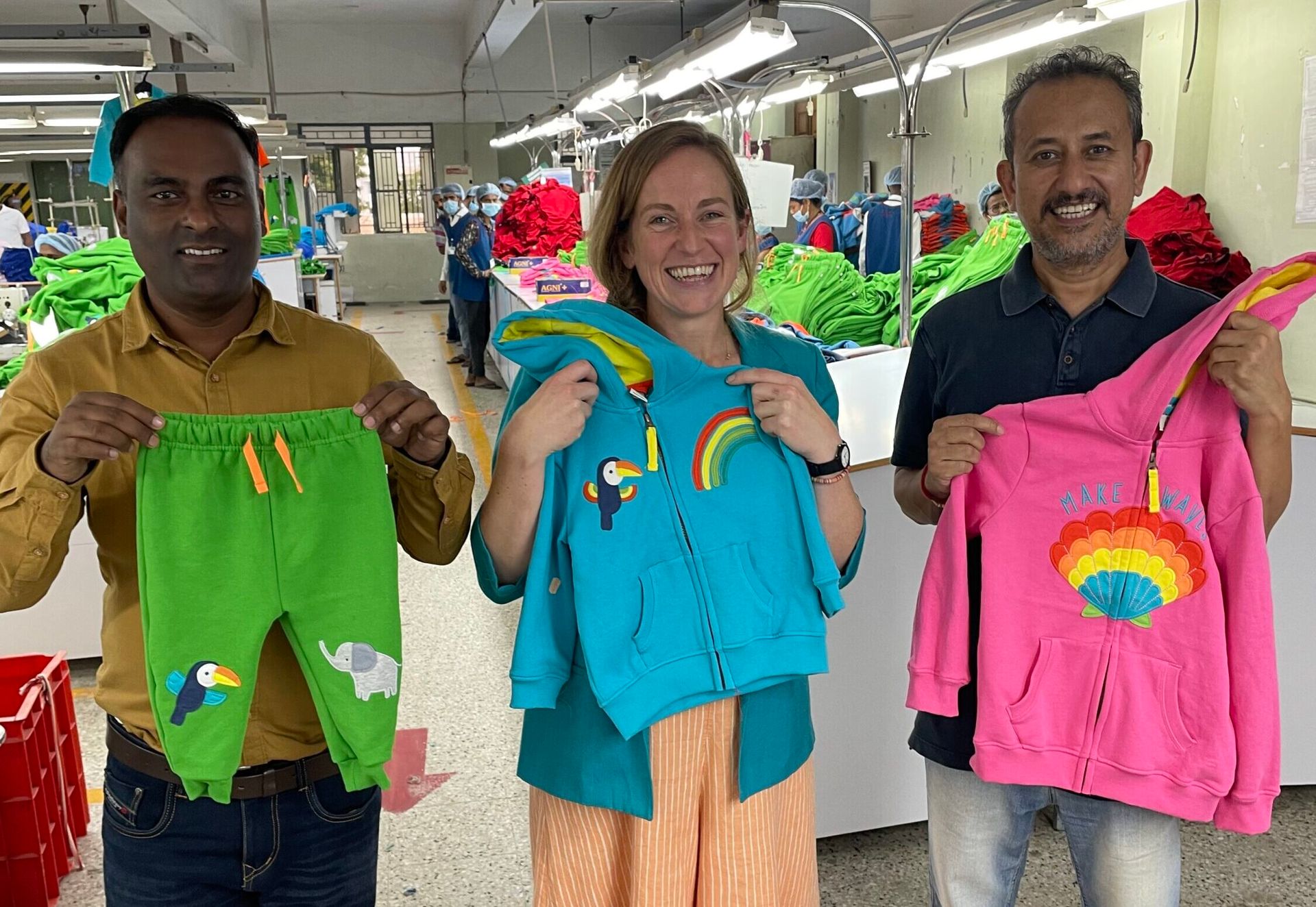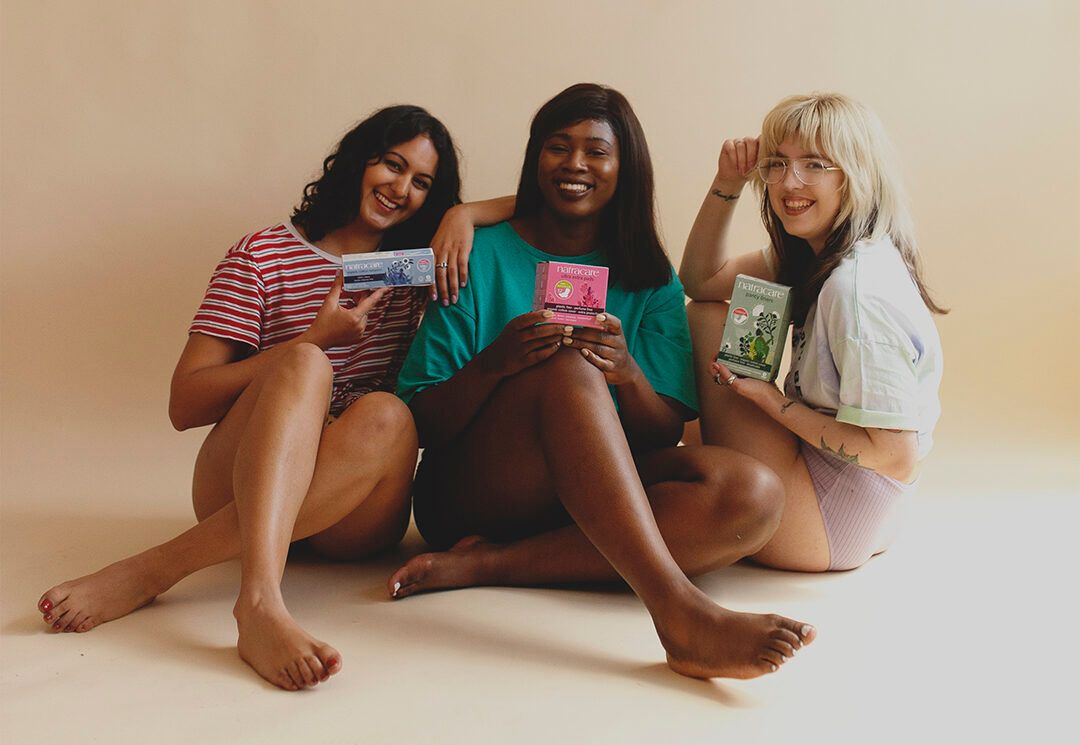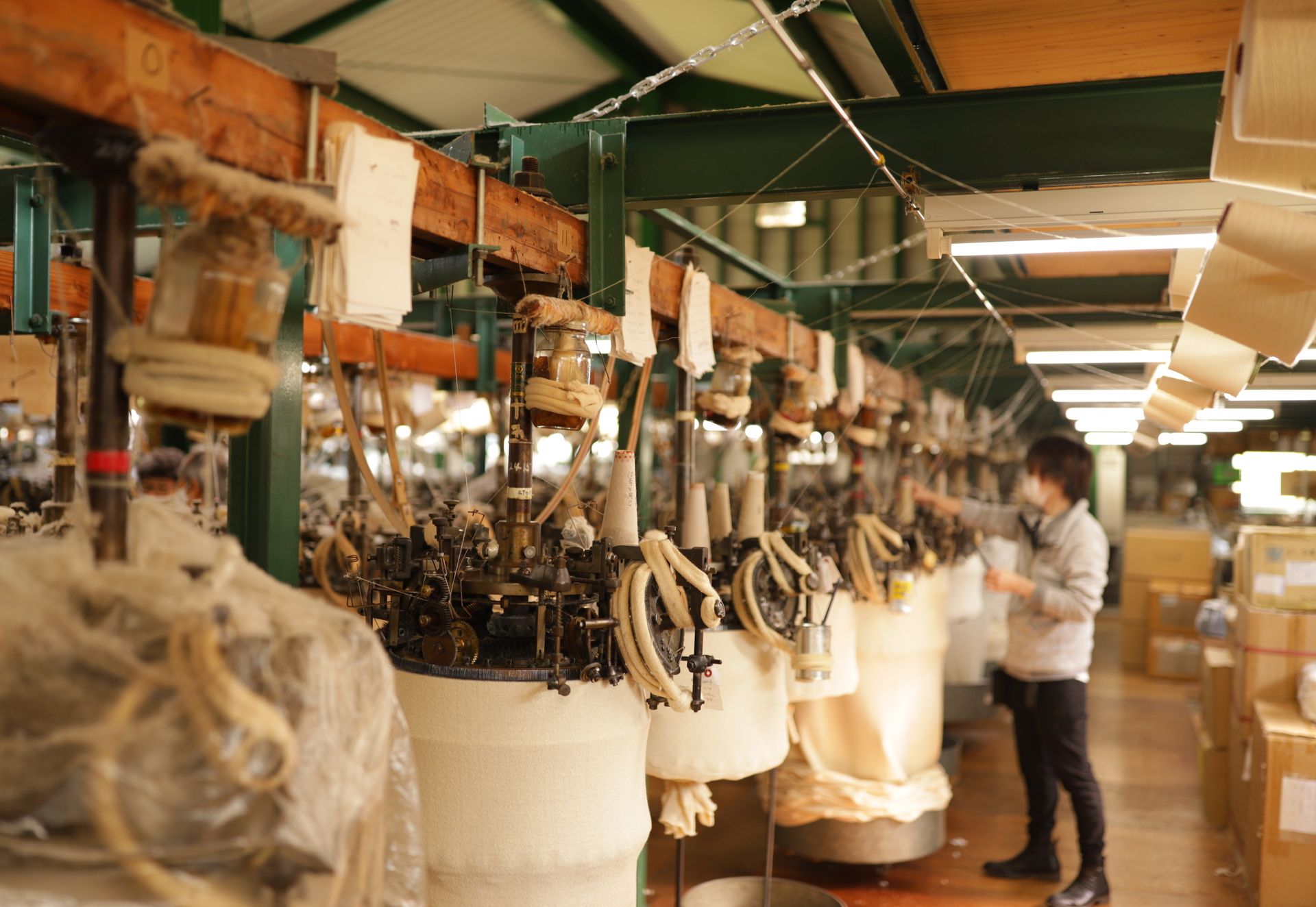You pull a shirt over your head, zip up a pair of jeans and maybe grab a tote bag on the way out the door. But have you ever wondered what it takes to stitch the fabric, weave the linen, dye the threads and prep the actual fibre after it’s been harvested from the fields or shorn from the animal? Like many “things” in our daily lives, we forget the effort it takes to handcraft textiles, and, even more so, when businesses take the time and care to create sustainable products.
This September, we are taking you #BehindTheSeams of companies and brands who passed rigorous criteria to become certified to the Global Organic Textile Standard, or GOTS. From high-fashion jumpers and T-shirts that can withstand the outdoor elements, to tampons and towels, we want to show you how easy it is to choose organic and what it truly means for the environment and the people behind the packaging.
GOTS basics
So what is GOTS? Basically, it is a voluntary sustainability standard that covers all facets of textile processing, from the moment a fibre enters a production facility all the way to the moment it’s in the store. GOTS covers human rights and environmental requirements , including:
- All fibres must be certified organic.
- No toxic chemicals or GMOs (genetically modified organisms) can be used.
- Absolutely NO child labour involved.
- Safe working conditions and no excessive working hours for all employees.
- Animal welfare must be practised for fibres such as wool, including no mulesing (a painful procedure).
- And so much more!
Why should you care?
The choices you have as a consumer are endless, and it can be overwhelming trying to choose what is good for the planet. Most of us know the harmful effects of fast fashion –
Climate action NGO WRAP reported this year that 711,000 tonnes of post-consumer textiles are thrown out each year in the U.K., and that’s just one country. Moreover, consumers are becoming more aware of what their clothes are made from. The European Environment Agency reports that an estimated 16-35% microplastics released into the oceans, or 200,000-500,000 tonnes, are from synthetic textiles. Choosing organic textiles made of natural fibres can reduce the amount of microplastics ending up in our water supplies and other marine environments.

We know that consumers also care about the people behind the products they buy: Are they treated with respect and work in safe factories? Is child labour banned? Are they working reasonable hours? If you go for a GOTS-certified textile, the answer to these questions is “yes”! The best part about buying GOTS-certified goods is, besides the style and quality, you can feel good about how the item was made and by whom.
What can you expect this month?
We are going big this year, with giveaways throughout the month on Instagram and grand prize drawings on behindtheseams.eco – all featuring amazing GOTS brands from around the world. Learn while you enter to win, with daily questions and facts to inform and challenge you about what it takes to make sustainable textiles.
GOTS is also joined by other eco partners to highlight global initiatives, including:
- Sustainable Fashion Week, 20-29 Sept., to raise awareness of “slow” and sustainable fashion.
- The Organic Cotton Accelerator’s Farm Programme promoting “organic in conversion” farming that assists farmers in switching from conventional practices to ones better for the environment.
We are excited that you are taking this journey #BehindTheSeams with us, and we hope you learn a thing or two and share that knowledge with others. While GOTS isn’t perfect, we are better – and always trying to create a more sustainable future.
Katie Lee is Global Standard’s public relations specialist, and Daphne S. Laut is the Global Standard marketing associate. Watch this space for more blogs!

